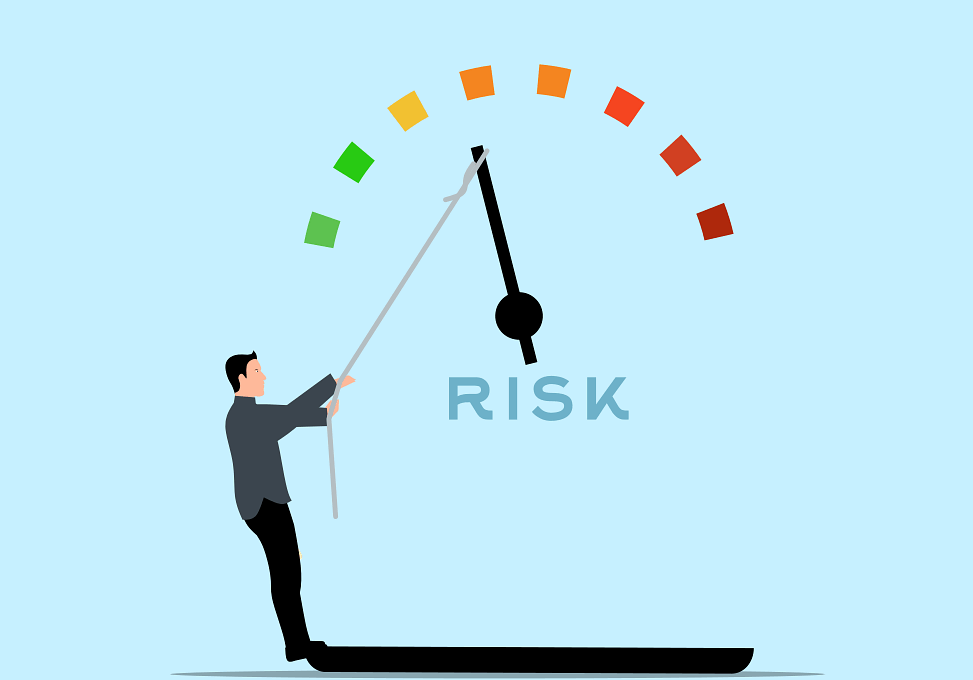The Role of Leadership in Enforcing Risk Management Policies
Effective leadership is crucial in enforcing risk management policies within an organization. Leaders set the tone by demonstrating commitment to these policies through their words and actions. When executives prioritize risk management, the rest of the organization takes note. Employees are more likely to embrace policies when they observe leaders actively participating. By fostering a culture that emphasizes risk awareness, leaders ensure that policies are integrated into daily operations. This integration contributes to a more resilient organization that can better manage potential threats. A supportive leadership team encourages open communication about risks, facilitating an environment where team members feel comfortable voicing concerns. Furthermore, regular training sessions led by leaders can reinforce the importance of compliance with risk policies. This training further emphasizes risk management’s role in achieving organizational goals. Ultimately, leadership not only builds accountability but also influences how risk management policies are perceived at all levels. Leaders must engage in continuous evaluation of these policies to ensure they remain relevant and effective, adapting to new challenges the organization may face.
Creating an Accountability Framework
Establishing an accountability framework is vital for effective risk management policies. When leaders clarify roles, responsibilities, and expectations, employees understand their part in the risk management process. This framework holds individuals at every level responsible for adhering to established policies. A well-defined accountability structure enables leaders to identify who is responsible for assessing, addressing, and reporting risks. This clarity helps prevent the diffusion of responsibility, ensuring that everyone knows their duties. Additionally, leaders should implement performance metrics that align with the organization’s risk management goals. These metrics help track the effectiveness of compliance and serve as a motivational tool for employees. Recognizing and rewarding adherence to risk management policies can reinforce positive behaviors within the organization. Communication also plays an integral role in this accountability framework. Regular updates and discussions about risk management policies help maintain focus and ensure continual improvement. When employees see their leaders acknowledging successes and areas for improvement, they are more likely to engage with the policies. Consequently, a robust accountability framework strengthens the overall risk culture and enhances the organization’s ability to manage risks effectively.
Incorporating feedback mechanisms is an essential element of enforcing risk management policies effectively. Leaders should actively seek input from employees at all levels to identify strengths and weaknesses in existing policies. Encouraging feedback enables organizations to adapt and refine their risk management strategies continuously. When employees feel their voices are heard, it cultivates a sense of ownership in the risk management process, leading to higher compliance rates. Furthermore, regular feedback sessions can provide insights into potential areas of concern that leaders may not be aware of. This information allows for timely adjustments to policies, enhancing their effectiveness. Leaders should also consider using anonymous surveys to gather candid opinions without fear of repercussion. This approach can yield honest feedback and uncover potential issues that may need addressing. Additionally, an open-door policy encourages employees to share any concerns regarding risk management policies directly with leadership. By doing so, leaders foster a culture of transparency and trust, reinforcing the importance of risk management and encouraging proactive engagement. Ultimately, feedback mechanisms contribute significantly towards the overall success of risk management policies within an organization.
Training and Continuous Improvement
Training programs are critical for fostering a comprehensive understanding of risk management policies. Leaders play an essential role in advocating for ongoing training initiatives within their organizations. When leaders prioritize education, employees are more likely to recognize the significance of risk policies. Comprehensive training equips personnel with the necessary tools and knowledge to effectively navigate risks in their roles. Regularly updated training ensures employees stay informed about changes in regulations, procedures, and best practices. Moreover, risk-related scenarios and simulations can enhance employee preparedness, highlighting the practical application of policies in real-life situations. Leaders should encourage a learning environment where employees feel comfortable asking questions and seeking clarification on risk management practices. This open dialogue promotes a collaborative atmosphere, further solidifying the importance of compliance. Additionally, leaders should assess training programs regularly to ensure their relevance and effectiveness. Incorporating feedback from participants can lead to improved content and delivery methods, catering to the unique needs of the organization. Ultimately, focused training initiatives create a workforce that is both knowledgeable and competent in adhering to risk management policies, enhancing organizational resilience.
Moreover, effective communication is paramount in enforcing risk management policies across the organization. Leaders should ensure that communication channels are clear and accessible to all employees. Information about risk policies must be disseminated consistently, so everyone understands their obligations and expectations. Regular updates through various mediums, such as newsletters, internal platforms, or meetings, can keep risk management at the forefront of employees’ minds. Leaders should also encourage two-way communication by providing avenues for employees to ask questions and express concerns. This open dialogue fosters trust and confidence in the organization’s commitment to risk management. In addition, leaders need to tailor their communication strategies based on the audience to ensure understanding and engagement. For example, different departments may face unique risks, so presenting relevant information in an easily digestible format is essential. Storytelling can also be an effective tool, using real-life examples to illustrate the importance of adhering to policies. By prioritizing effective communication, leaders can enhance compliance with risk management policies while creating a culture of shared responsibility for risk management throughout the organization.
The Importance of Leading by Example
Leaders must lead by example to ensure that risk management policies are effectively enforced. When leaders adhere to policies and actively participate in risk management initiatives, they set a powerful precedent for their teams. Their actions speak louder than words, reinforcing the importance of compliance and creating a culture of accountability. Employees are more likely to emulate the behaviors exhibited by their leaders, making it crucial for leaders to embody the values of risk management. Consistency in behavior strengthens the message that risk management is a priority for the organization. Leaders should also share their experiences regarding risk management, discussing challenges they have faced and how they overcame them. Such transparency builds trust and demonstrates that everyone, including leadership, is accountable for managing risk. Furthermore, acknowledging mistakes and learning from them can foster an environment where employees feel safe to do the same. This openness encourages continuous improvement and a proactive approach to risk management. By leading by example, leaders catalyze an organizational culture where risk management is integrated into all aspects of daily operations, ultimately enhancing overall resilience.
In conclusion, effective leadership is fundamental to enforcing risk management policies within an organization. Leaders set the tone by demonstrating commitment, establishing accountability, and promoting continuous improvement. Incorporating feedback mechanisms allows for adaptability and fosters ownership among employees. Furthermore, comprehensive training and transparent communication enhance understanding and compliance with policies. By leading by example, leaders not only encourage a culture of accountability but also inspire their teams to prioritize risk management. The effectiveness of risk management policies depends heavily on how well leaders engage their teams and foster a supportive environment. Organizations that prioritize these aspects will develop robust risk management practices, ultimately leading to greater resilience in the face of challenges. Leadership must remain vigilant and responsive to changes in the risk landscape, ensuring policies remain relevant and effective. This proactive approach is essential for safeguarding the organization and achieving its objectives. By focusing on these elements, organizations can navigate the complexities of risk management successfully, positioning themselves for long-term success.


